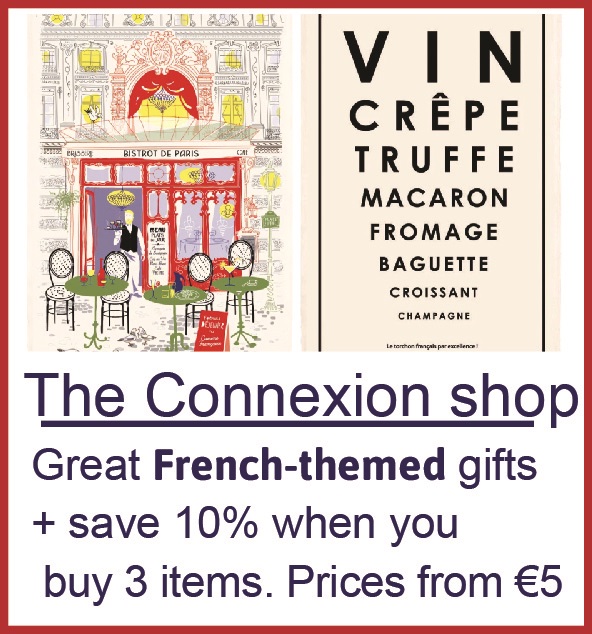Learning French: être dans le vent and other wind expressions
A cool phrase to describe someone who keeps up with with the latest trends
Windy weather forecasts call for windy expressions
New Africa / Shutterstock
France is famously considered the fashion capital of the world, home to luxury designers, chic street style and international runway events.
If you are ever described as being dans le vent (in the wind), this is not necessarily referring to the storms and windy weather that have swept across the country in recent months. It can actually suggest that you are chic and on-trend.
We look at how to use être dans le vent in everyday discussion and why French writer Gustave Thibon compares following trends to fluttering like a dead leaf. Plus, learn even more wind-related idioms to use this season.
What does être dans le vent mean?
It literally translates as: to be in the wind.
While you could say this to describe venturing outdoors on a blustery day, the figurative meaning actually refers to someone who keeps up with the latest trends.
This phrase is often tied to the world of fashion (like the English expression to be in Vogue) but can also describe someone who is well informed about or involved with larger cultural crazes, for example in film or music.
Alternative synonyms include: être dans l’air du temps or être à la mode.
Read also: Meet the French designer predicting Christmas wrapping trends
What are the origins of être dans le vent?
Être dans le vent is a contracted version of a longer phrase with the same meaning: avoir le vent en poupe (to have wind in the stern).
This expression first appeared in the 14th century when ships were at the centre of international travel, trade and battle.
Une poupe refers to the stern, or back end of a boat, which would often rely on wind and sails to power through waters.
The figurative meaning behind the phrase therefore stems from the idea of being swept up and pushed along by ever-evolving fashion trends.
Use of the idiom gradually evolved until referring to being simply dans le vent was enough to imply fashionable connotations.
Read also: Yves Saint Laurent: Revolutionary Fashion Icon and His Enduring Legacy
Être dans le vent : une ambition de feuille morte, is an idea attributed to French writer and philosophist, Gustave Thibon, meaning: To be in the wind: a dead leaf's ambition.
It summarises the message of a longer passage from his 1976 book, L'équilibre et l'harmonie (Balance and harmony).
Thibon deems fashion the “dictator of the ephemeral,” while followers flit from one trend to another without any real sense of authenticity or identity, like dead leaves, with their “only home being in the wind that blows.”
When do you say être dans le vent?
It is used to describe someone fashionable or chic:
It can also refer to the idea of being increasingly popular, particularly in the eyes of the media or the public:
It is usually said as a compliment but can sometimes have mocking or negative undertones depending on the context or tone of delivery.
Read also: Five things they do not tell you about the bourgeoisie in France
To whom do you say être dans le vent?
It is neutral language and can be used in a variety of formal or informal situations, with family and friends of strangers and colleagues.
The phrase also appears in both spoken and written French.
Other wind expressions?
Autant en emporte le vent - Nothing but empty promises
Bon vent ! - Good riddance!/Safe journey!
Brasser du vent - To talk the talk but not walk the walk
Le nez au vent - Going where the wind takes you
Passer en coup de vent - To pop in/drop by quickly
Read also: Understanding 'contre vents et marées': A guide to French perseverance






























